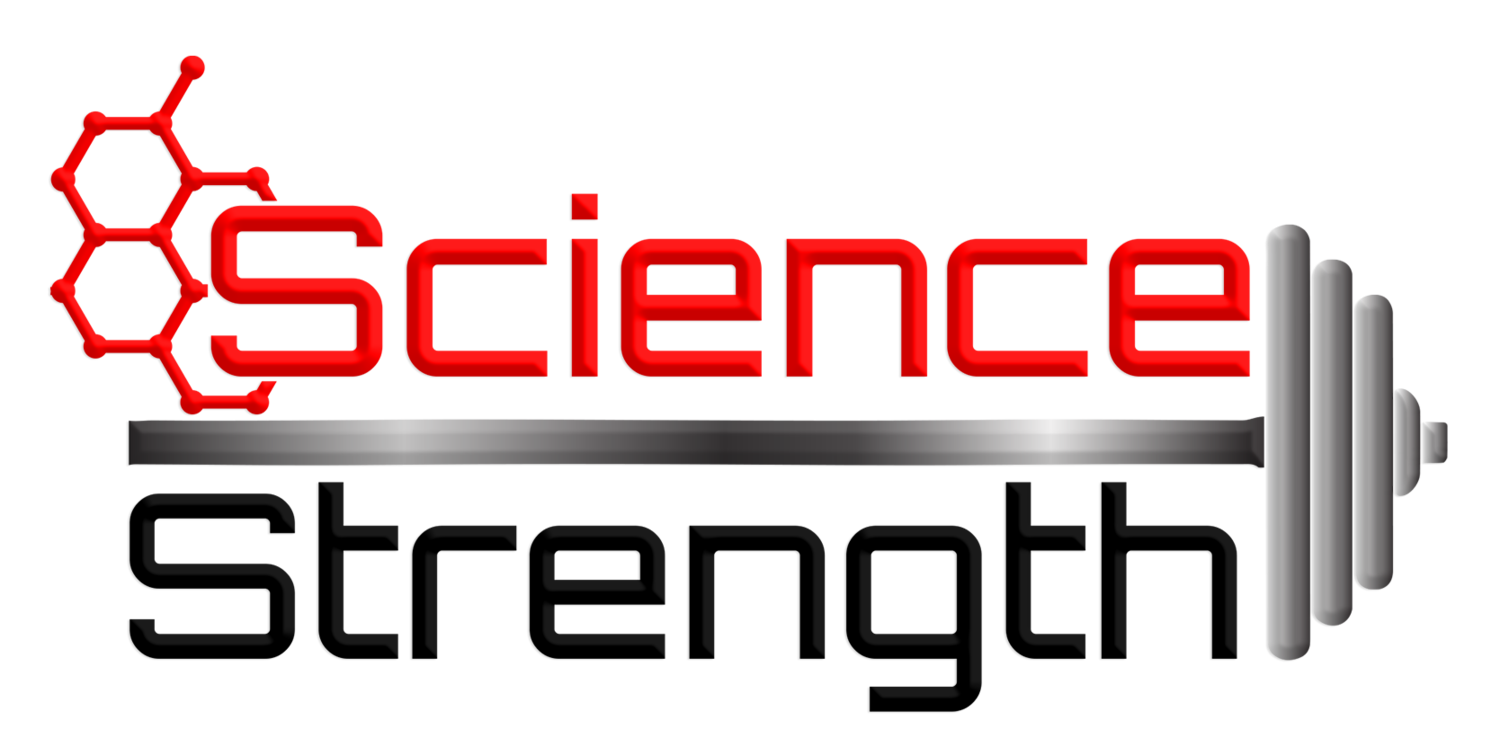In the fitness world the term ‘macros’ means the macronutrient distribution of the three macronutrients - carbohydrates, protein and fat (as percent of total calories consumed or grams) - that an individual aims to eat during the day. The ‘ideal’ macronutrient distribution is an individual and goal dependent thing. Whereas, some people thieve on a higher carbohydrate diet, others prefer diets high in fat. Indeed, within a certain range there is the freedom of shifting the nutrient ratios according to the personal preference. As is often the case, there is no ‘one size fits all’ solution. However, not to run the risk of becoming deficient in a certain nutrient, the macros of an healthy individuals should be somewhere within the acceptable macronutrient distribution ranges:1
- 45-65% of consumed calories should come from carbohydrates
- 20-35% from fat
- 10-35% from protein
A possible danger of a chronic overconsumption of one of the nutrients may result in the inadequate intake of other essential nutrients.2
Carbohydrates are an important fuel source for the human body. Especially for endurance athletes, insufficient carbohydrate intake can lead to a decrease in athletic performance.
Sufficient protein intake is not only important for muscle hypertrophy, but also for many other important processes in the human body: organs and bone tissue consist of protein, nonstructural proteins, such as enzymes, antibodies and hormones, have vital functions and are negatively affected by poor nutrition.3
Fats have numerous important functions in the human body. They are essential building blocks for many molecules and are essential for the absorption of fat-soluble vitamins A, D, E and K and carotenoids. Essential fatty acids are required for the formation of healthy cell membranes, proper brain and nervous system development and function and hormone production. Insufficient fat intake can lead to scaly skin, dermatitis, reduced growth, and in some populations to hematologic disturbance and diminished immune response. Eating a low fat diet (less than 15% of calories) can harm health and athletic performance.2,3
Many individuals, following a plant-based diet often have the difficulty of balancing their macros to get the desired distribution. The most common problem is overdoing on carbs or fat and not getting enough protein (for more information on protein requirements see reference 4). It often is a challenge to find the right food combinations to hit the desired targets.
For this reason, it is critical to strike a balance between the consumed foods. There are different food categories most whole foods fall into, either they are high in carbs and lower in protein and fat, or high in fat and lower in protein and carbs or some of them have a near equal amount of all three macronutrients. Category four (vegan high protein food) consists mostly of protein that was isolated from other sources.
To avoid the problem of overconsumption of carbs or fat and not getting enough protein, a meal plan should include food from all 3 or 4 categories (depending on individual goals) and not only from one category.
Of course, it is optimal to plan what to eat a day or even the week ahead.
However, if you realize in the course of the day that you had
- too many carbs -> choose food from categories 2, 3 & 4
- too much fat -> choose food from categories 1, 3 & 4
- too many carbs and too much fat -> choose food from categories 3 & 4
for the rest of the day.
Interested in high-protein, diet-friendly, vegan treats that fit your macos? Get your free recipe ebookby subscribing to my list ;-)
Bottom line
It is not too complicated to hit the desired macros on a plant-based diet. However, it requires the knowledge of the nutrient content of your food and some planning ahead.
Side note
In my opinion, giving the macronutrient distribution in percent is less optimal, because percent of consumed macronutrient dependent on a total calorie intake. Calorie intake varies depending on the individual goals (e.g. weight gain or loss) and basing macro calculations on it can lead to misleading results.
Just to give an example: if a person on a 2300 kcal diet consumes 150 g protein a day, it results in 26% protein of total energy consumed and is within the acceptable macronutrient distribution range (10-35% from protein). However, if the same person decides to lose weight and decreases calorie intake to 1500 kcal per day keeping protein intake constant, the same amount of consumed protein (150 g) result in 40% protein of total energy consumed, which is out of the acceptable macronutrient distribution range. The general recommendation for individuals following a plant-based diet or those who try to lose weight, is consuming at least 2 g protein per kg of body weight.3 For this reason, I think that calculations for macronutrient requirements should be based on body weight and macronutrient percentages of total energy should be secondary.
References
- Phillips S. M., British Journal of Nutrition (2012), 108, S158–S167.
- http://www.nap.edu/openbook.php?record_id=10490&page=R1
- Essentials of strength training and conditioning, third edition, T.R. Baechle and R.W. Earle
- https://sciencestrength.wordpress.com/2015/02/23/how-much-protein-do-active-people-need-on-a-plant-based-diet/








